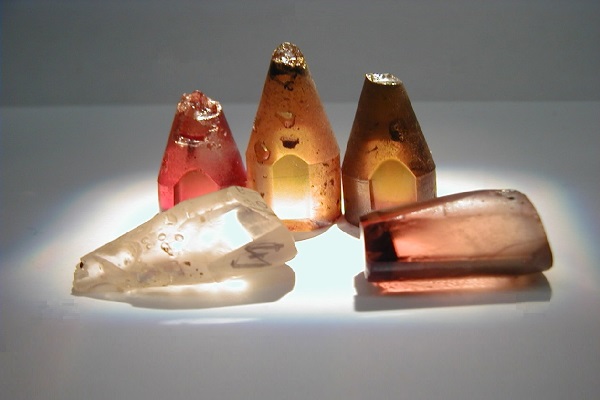Nonlinear Crystals: LiS
Nonlinear Crystals: LiS
Description

LiS (lithium sulfide) is a nonlinear crystal that can be used in laser technology for frequency conversion. LiS has a relatively high nonlinear coefficient and a wide transparency range, making it suitable for some applications such as second harmonic generation (SHG) and sum frequency generation (SFG).
In SHG, the frequency of a laser beam is doubled by passing it through a LiS crystal. This process can be used to generate light in the ultraviolet range, which has applications in areas such as fluorescence microscopy and laser spectroscopy.
SFG produces a new frequency that is the sum of two input frequencies. LiS can be used in SFG to generate tunable visible and ultraviolet radiation, which has applications in microscopy, sensing, and imaging.
LiS has a relatively low damage threshold and low thermal stability, which can limit its use in high-power laser applications or in environments with large temperature fluctuations. Additionally, LiS is not as widely used as other nonlinear crystals like KTP or BBO, which can limit its availability and increase its cost.
| Transparency range, µm | 0.35 - 12.50 |
| Point group | mm2 |
| Lattice parameters, Å | a = 6.893, b = 8.0578, c = 6.4816 Å |
| Density, g/cm3 | 3.5 |
| Mohs hardness | 5 |
| Refractive indexes: | |
| at 0.532 µm | nx= 2.1305, ny= 2.1668, nz= 2.1745 |
| at 1.064 µm | nx= 2.2353, ny= 2.2841, nz= 2.2919 |
| Non-linear coefficient, pm/V | d31 = 8.35, d32 = 8.3 |
| Optical damage threshold, GW/cm2 | ~1 (1064 nm, 10 ns) |
| Chemical properties | non-hygroscopic |
Order Form
About Semiconductor Electronics
SEMI EL project is a global supplier of materials, equipment, spare parts and supplies for the semiconductor industry.
Get In Touch
Email: info@semi-el.com

